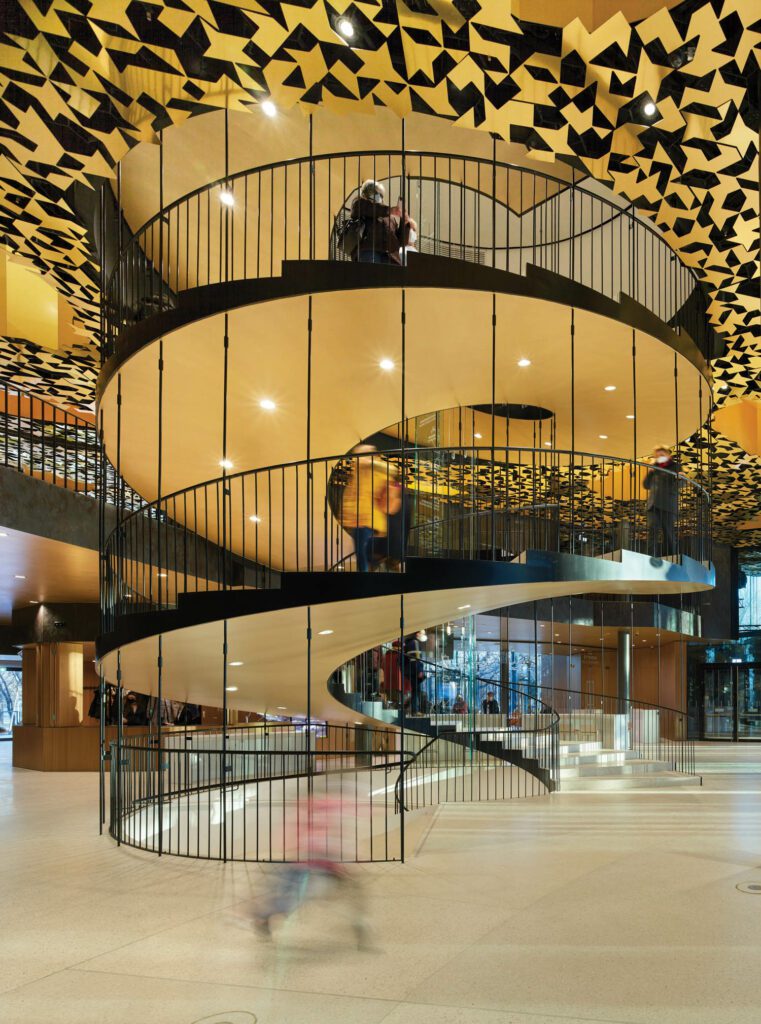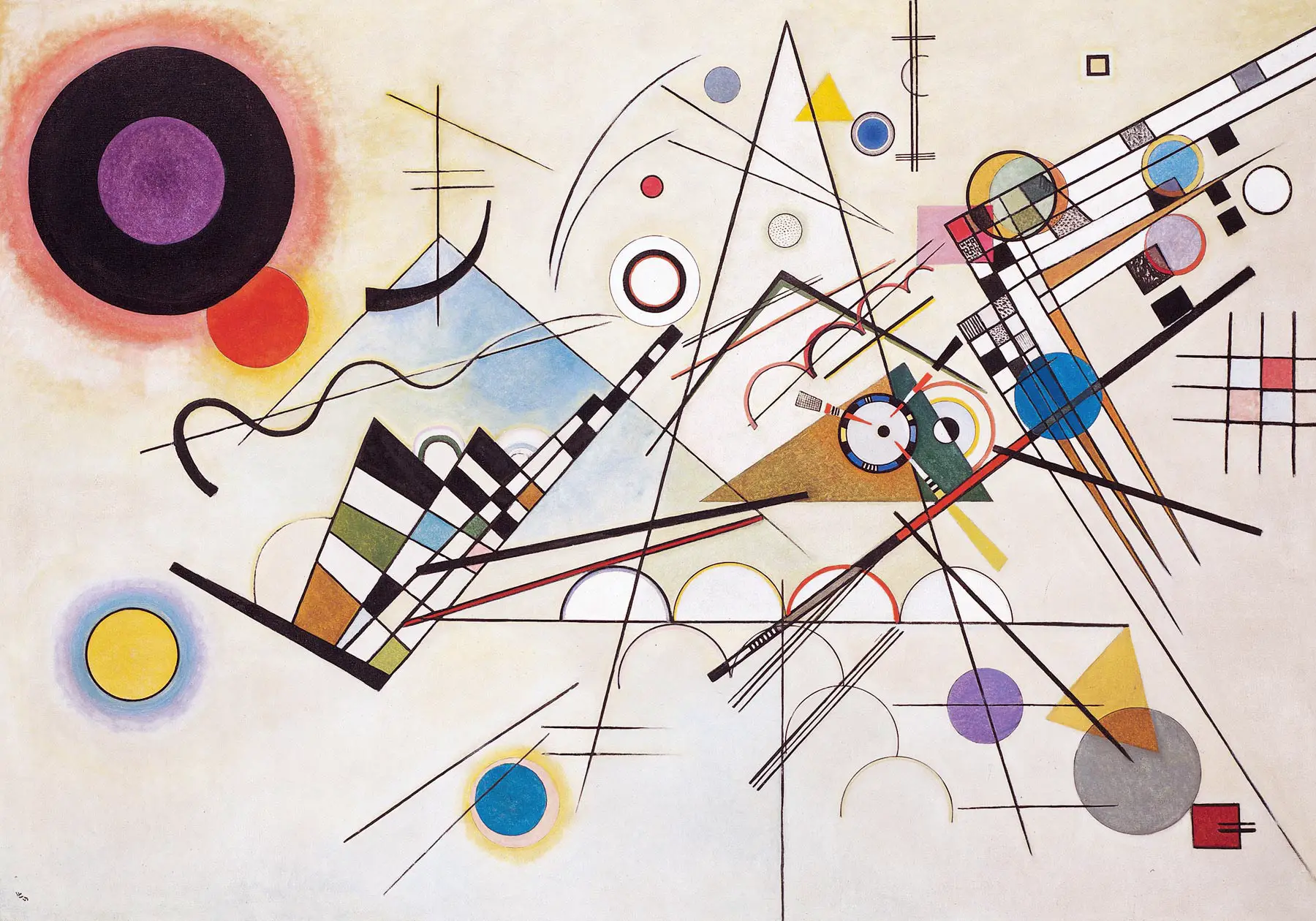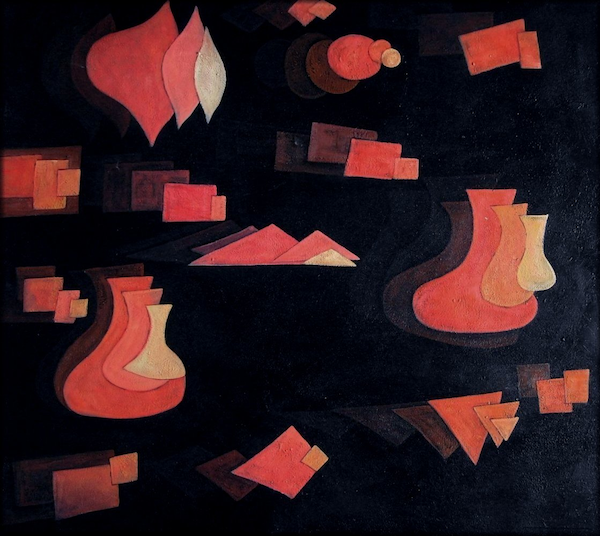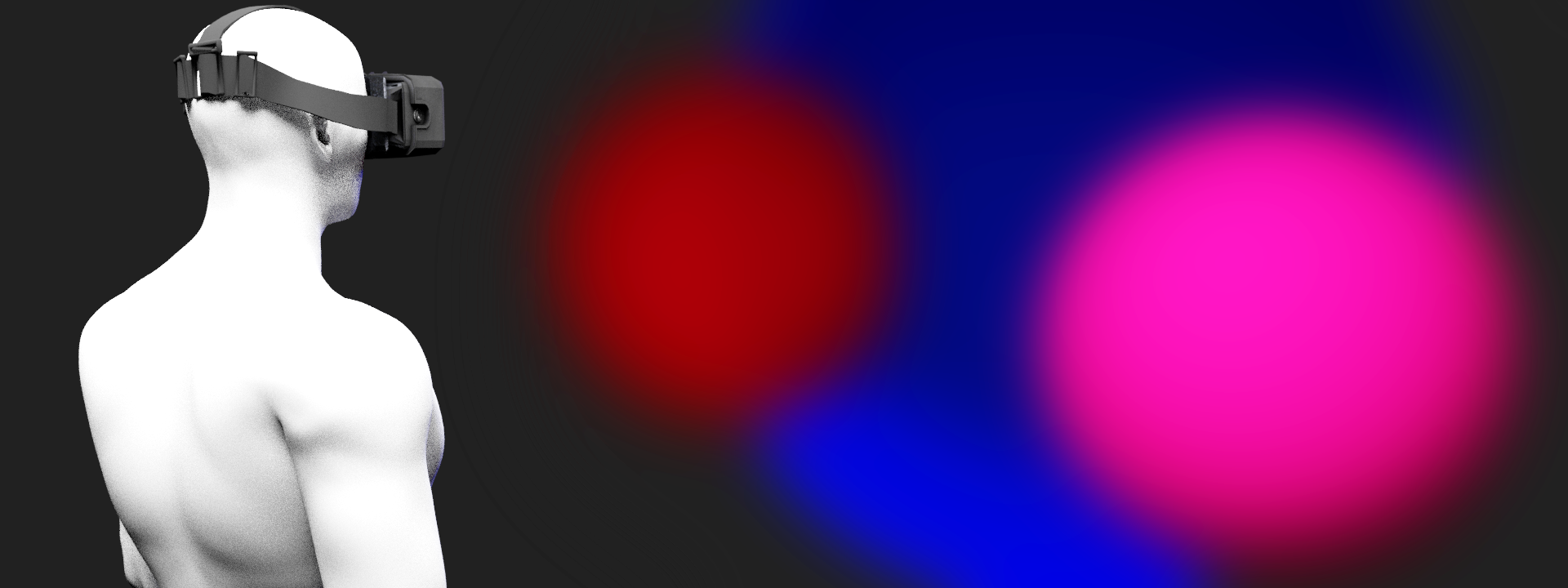Synesthetic Design - Creating Harmonious Spaces For Multisensory Experiences
Dive into the captivating world of synesthetic design, where environments transcend sensory spectacles to become emotional odysseys. Explore the principles of Emotional Resonance and discover how designers craft narratives to foster profound connections.
Nov 15, 20237.3K Shares204K Views
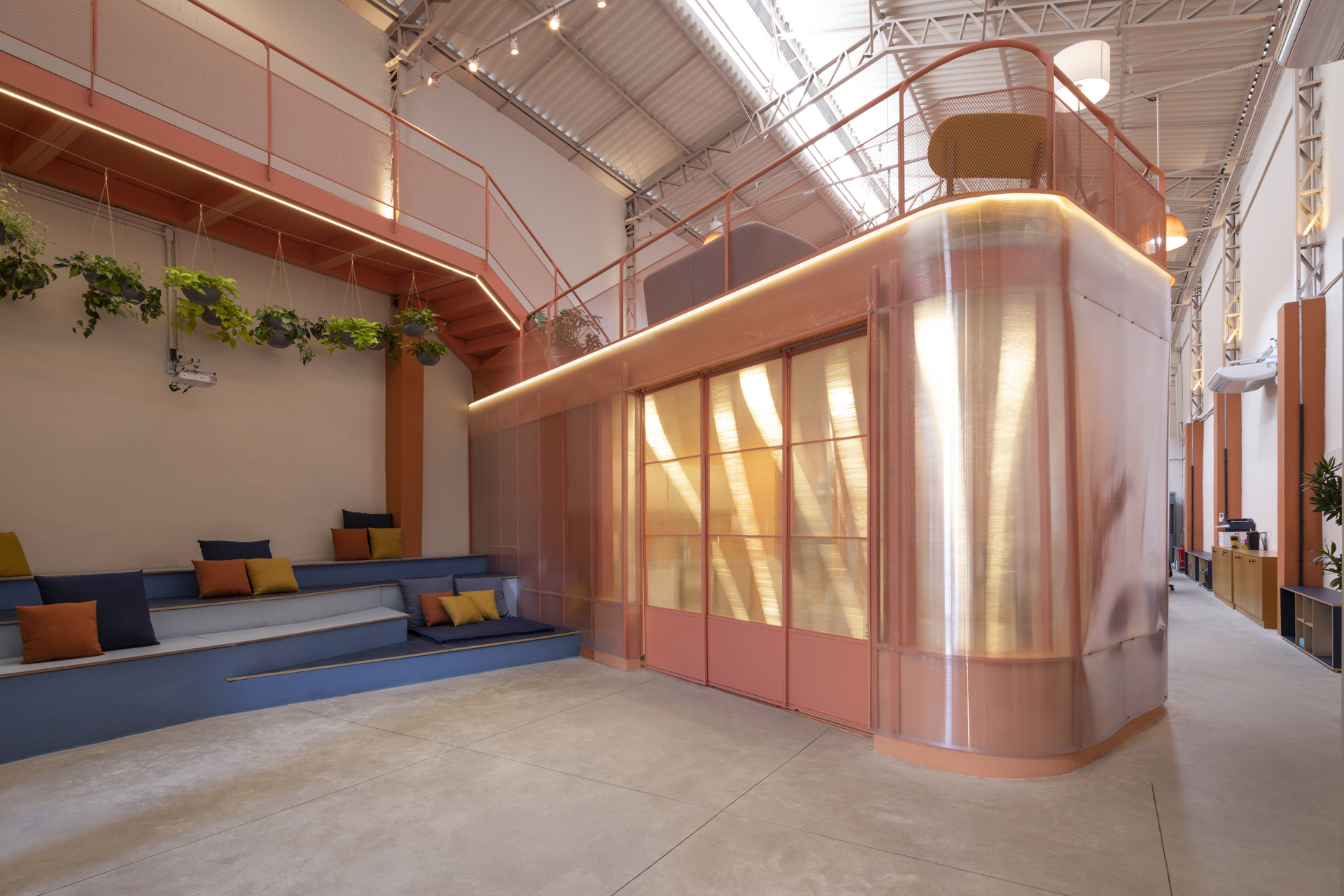
In the realm of design, a fascinating concept has emerged – Synesthetic Design. This innovative approach aims to create environments that stimulate multiple senses simultaneously, blurring the lines between the visual, auditory, tactile, and olfactory experiences. In this article, we delve into the intricacies of Synesthetic Design, exploring its principles, applications, and the profound impact it has on our perception of spaces.
Understanding Synesthesia - A Neurological Tapestry Of Sensory Perceptions
Defining Synesthesia
At its core, Synesthesiais a mesmerizing neurological phenomenon that transcends the boundaries of our conventional sensory experiences. It occurs when the stimulation of one sensory or cognitive pathway triggers involuntary and simultaneous sensations in another. In the intricate dance of the brain's neural pathways, colors may evoke tastes, sounds may summon textures, and numbers may be imbued with hues. This cross-wiring of the senses creates a rich tapestry of perceptual fusion, and it is this phenomenon that lays the foundation for the innovative realm of Synesthetic Design.
Synesthetic Design - A Symphony Of Sensory Integration
In the realm of design, Synesthetic Design emerges as a celebration of the interconnected nature of our senses. It aims to leverage the neural crossroads where sensory pathways converge, orchestrating an immersive symphony that engages users on multiple perceptual fronts. This transcendent approach involves the intentional intertwining of visual, auditory, and tactile elements within a designed space, fostering an environment that transcends the boundaries of traditional sensory realms.
The Interplay Of Visual, Auditory, And Tactile Elements
In the pursuit of Synesthetic Design, architects and designers become maestros, weaving a seamless integration of visual, auditory, and tactile stimuli. Colors not only paint the walls but resonate with specific sounds; textures are chosen not just for touch but for the visual harmony they contribute. Every element within the designed space is a note in the symphony, harmonizing to create an experience that transcends individual sensory encounters.
Crafting Environments For Profound Impact
Synesthetic Design is not merely an aesthetic pursuit; it is a deliberate endeavor to craft environments that leave a profound and lasting impact on those who inhabit them. The intentional fusion of sensory elements is curated to evoke emotions, trigger memories, and engage users on a deeper level. The result is a space that goes beyond functionality, transforming into a canvas where every sensory brushstroke contributes to a multisensory masterpiece.
Challenges And Considerations In Synesthetic Design
Navigating Individual Variability
While the concept of Synesthetic Design is captivating, it is not without its challenges. Individual variability in synesthetic experiences introduces a dynamic element that designers must navigate. Accounting for the diverse ways people perceive and interpret sensory stimuli becomes paramount, requiring a nuanced approach that aims for universal appeal while recognizing the inherently subjective nature of perception.
Balancing Stimulation For A Cohesive Experience
The delicate art of Synesthetic Design lies in striking a balance between sensory stimulation and coherence. Overstimulation risks diluting the intended impact, turning the immersive experience into a cacophony of sensations. Designers must carefully calibrate each sensory element, ensuring that the synthesis of visual, auditory, and tactile stimuli contributes harmoniously to the overall sensory experience.
The Genesis Of Synesthetic Design - A Historical Tapestry Of Sensory Exploration
Unveiling The Wonders Of Synesthesia
Synesthesia, a captivating neurological phenomenon, has captivated the minds of artists, scientists, and philosophers throughout the annals of history. This intriguing condition manifests when the stimulation of one sensory or cognitive pathway triggers involuntary experiences in another, transcending the conventional boundaries of perception. As a phenomenon that blurs the lines between sensory realms, synesthesia has been a wellspring of inspiration for creative thinkers seeking to unite disparate elements of the human experience.
Pioneering Spirits: Kandinsky And Klee
In the late 19th and early 20th centuries, the enchanting allure of synesthesia found a fertile ground in the minds of artists such as Wassily Kandinsky and Paul Klee.These visionaries embarked on a journey to integrate sensory experiences directly into their artworks, birthing a movement that transcended the confines of traditional visual art. Their paintings became canvases for the exploration of cross-sensory connections, as they sought to evoke auditory or tactile sensations through the visual language of color, form, and composition.
Kandinsky's Color Symphony
Wassily Kandinsky, a pioneer in abstract art, envisioned his paintings as compositions that could parallel musical symphonies. His use of vivid colors and dynamic forms aimed not only to stimulate the visual senses but also to resonate with the auditory experiences he associated with each hue and shape. Kandinsky's work became a testament to the power of synesthetic exploration in the visual arts.
Klee's Visual Music
Paul Klee, inspired by the harmonies he perceived between colors and musical notes, delved into the realm of "visual music." His paintings, like compositions on a musical score, aimed to elicit a sense of rhythm and melody through visual elements. Klee's synesthetic approach marked a departure from conventional artistic expression, opening new avenues for the integration of sensory experiences in the world of art.
The Inception Of Synesthetic Design
The endeavors of Kandinsky and Klee laid the groundwork for what would evolve into synesthetic design. This practice goes beyond the creation of aesthetically pleasing visuals; it seeks to harness the profound connections between various sensory modalities. The integration of synesthetic principles into design marked a departure from traditional visual art, opening doors to a new realm where environments could be crafted to engage audiences on a multisensory level.
Evolution Into A Powerful Design Tool
From its nascent stages in the works of pioneering artists, synesthetic design has matured into a powerful tool for engaging and captivating audiences across various disciplines. Designers now leverage the principles of synesthesia to create environments that not only appeal visually but also stimulate other senses, providing a holistic and immersive experience for those who interact with the designed space.
Unlocking The Symphony - Key Principles Of Synesthetic Design
Cross-Modal Correspondence - Weaving A Tapestry Of Sensory Harmony
Synesthetic Design orchestrates a symphony of sensory experiences, and at its heart lies the foundational principle of Cross-Modal Correspondence. This principle involves the artful association of stimuli in one sensory modality with experiences in another, creating an interconnected tapestry of sensations. For instance, imagine the color red seamlessly intertwining with a specific sound or texture. This intentional linking of diverse sensory elements contributes to the creation of a cohesive and synchronized environment.
A Dance Of Colors And Sounds
In the realm of Cross-Modal Correspondence, colors cease to exist in isolation. Instead, they become dynamic participants in a dance with sounds and textures. The warm embrace of a color may evoke a gentle melody, while a vibrant hue might be harmoniously linked to a textured surface. This interplay transforms spaces into immersive landscapes where each sensory element is a note, contributing to the enchanting melody of the designed environment.
Enhancing Spatial Unity
By establishing connections between different sensory modalities, Cross-Modal Correspondence enhances spatial unity. It creates a seamless integration of visual, auditory, and tactile elements, erasing the boundaries that traditionally compartmentalize our sensory experiences. The result is a space where every sensory encounter is not just distinct but harmoniously woven into the fabric of a multisensory narrative.
Emotional Resonance - Crafting Spaces That Speak To The Heart
Synesthetic environments go beyond mere sensory spectacles; they are intricately crafted to elicit specific emotions. Central to this principle is the art of Emotional Resonance, transforming designers into storytellers who weave narratives through thoughtfully selected elements. The ultimate aim is to cultivate a deep connection between the user and the environment, transcending the encounter from a visual experience to an emotional odyssey. Learn more about the intersection of emotional design and architecture at Commercial Architecture Magazine.
Choosing Elements With Intent
In the pursuit of Emotional Resonance, every design choice is intentional. Colors, textures, and sounds are not selected merely for their aesthetic appeal but for the emotions they evoke. A serene blue may elicit a sense of calm, while the rustle of leaves might infuse the space with a touch of nostalgia. By aligning design elements with emotional triggers, designers craft environments that speak directly to the heart of the beholder.
Creating Lasting Impressions
The emotional resonance achieved in synesthetic spaces contributes to a memorable and impactful user experience. Beyond the immediate sensory delight, users find themselves immersed in an emotional narrative that lingers in their memory. Whether it's a sense of tranquility, joy, or inspiration, the designed environment becomes a vessel for emotional expression, leaving a lasting imprint on those who traverse its sensory landscape.
Navigating The Labyrinth - Challenges And Considerations In Synesthetic Design
Individual Variability
In the captivating realm of Synesthetic Design, designers find themselves grappling with a unique challenge the vast variability in individuals' synesthetic experiences. The tapestry of human perception is intricate and diverse, with each person weaving their own narrative of sensory encounters. Navigating this variability becomes a delicate art for designers, as they strive for a universal appeal while respecting the inherently subjective nature of perception.
The Mosaic Of Synesthetic Perceptions
Understanding that no two individuals perceive the world in exactly the same way is paramount in Synesthetic Design. The color red, for instance, may evoke a cascade of different sensations, from specific sounds to tactile experiences. Designers must embrace this mosaic of synesthetic perceptions, recognizing that diversity adds depth to the sensory tapestry they aim to create.
Tailoring Designs To Individual Sensitivities
Acknowledging the individuality of synesthetic experiences requires a nuanced approach. Designers may explore customizable elements within spaces, allowing users to personalize their sensory encounters. This tailored approach not only accommodates diverse perceptions but also empowers individuals to engage with the environment in a way that resonates uniquely with them.
Integration Without Overwhelm
The harmonious integration of multiple sensory elements lies at the heart of Synesthetic Design, yet achieving this balance is no small feat. The second challenge arises in the form of Integration without Overwhelm. Too much stimuli can transform a potentially enriching experience into a disorienting one, challenging designers to strike a delicate equilibrium.
Calibrating The Symphony Of Sensations
Like a conductor guiding an orchestra, designers must carefully calibrate each sensory element to ensure it contributes harmoniously to the overall sensory symphony. Avoiding sensory overload involves thoughtful consideration of the intensity, timing, and interplay of visual, auditory, and tactile stimuli. This calibration process is a meticulous endeavor, requiring a keen understanding of how each element influences the overall user experience.
Creating Coherence In Complexity
The challenge extends beyond avoiding overstimulation; it involves creating coherence in the complexity of sensory integration. Each element within the designed space must not only stand alone as a distinct sensory note but also contribute to the collective harmony. Achieving this coherence ensures that the synesthetic journey is not fragmented but unfolds seamlessly, enhancing the overall impact of the designed environment.
Pioneering The Future - Trends And Innovations In Synesthetic Design
Technological Integration
In the continually evolving realm of Synesthetic Design, the future unveils thrilling prospects propelled by the seamless integration of technology. As advancements progress at an accelerated pace, the convergence of Virtual Reality (VR) and Augmented Reality (AR) stands out as a frontier poised to elevate the synesthetic journey to unparalleled heights. Discover more about the intersection of technology and design at Stationzilla.
Immersive Digital Experiences
The marriage of Synesthetic Design with VR and AR unlocks a realm of immersive digital experiences. Imagine stepping into a designed environment where the boundaries between physical and virtual sensations blur. Virtual spaces can be enriched with synesthetic elements, creating a dynamic canvas where colors pulsate with sound, and textures come alive in virtual reality. This synergy amplifies the synesthetic journey, offering users a heightened and transformative sensory encounter.
Pushing The Boundaries Of Multisensory Environments
As technology pushes the boundaries of what is conceivable, designers are poised to redefine the norms of multisensory environments. The integration of VR and ARintroduces a new dimension where synesthetic principles can be dynamically applied, pushing the boundaries of creativity and innovation. Spaces may transcend the limitations of the physical world, becoming platforms for limitless synesthetic exploration.
Sustainable Synesthetic Design - A Harmonious Convergence
In response to the global call for sustainability, the future of Synesthetic Design unfolds with a commitment to Sustainable Practices. Designers are pioneering ways to merge synesthetic principles with eco-friendly initiatives, creating environments that not only captivate the senses but also tread lightly on the planet.
Natural Materials And Eco-Friendly Choices
One avenue where sustainability and synesthetic design converge is the use of Natural Materials. Designers are exploring materials that not only engage the senses but also adhere to eco-conscious principles. From the texture of reclaimed wood to the visual allure of recycled materials, sustainable choices become integral components in the synesthetic palette.
Energy-Efficient Lighting And Acoustic Harmony
In the pursuit of Sustainable Synesthetic Design, the choice of lighting becomes a crucial element. Energy-Efficient Lighting not only illuminates spaces but also enhances the visual aspects of the synesthetic experience. Simultaneously, acoustic design enters the realm of sustainability, with efforts to mimic natural sounds and harmonize the auditory landscape with eco-friendly practices.
Synesthetic Design - FAQs
What Does It Mean To Be Synesthetic?
Being synesthetic refers to experiencing synesthesia, a neurological phenomenon where stimulation of one sensory or cognitive pathway leads to involuntary experiences in another. In simpler terms, it means that individuals with synesthesia may perceive or "sense" one type of stimuli, such as a sound or a number, and involuntarily experience another sensory response, like seeing a color or feeling a texture. This cross-wiring of senses results in a unique and often consistent multisensory experience for those with synesthesia.
What Is An Example Of Synesthesia?
An example of synesthesia is associating colors with specific letters or numbers, a phenomenon known as grapheme-color synesthesia. For instance, someone with this type of synesthesia might consistently perceive the letter "A" as being red or the number "7" as being green. Another example is sound-color synesthesia, where certain sounds or musical notes evoke the perception of distinct colors. Each individual with synesthesia may experience unique and consistent associations between different sensory stimuli.
How Rare Is Synesthesia?
Synesthesia is considered relatively rare in the general population. Estimates suggest that about 1 in 20 or 1 in 100 people may have some form of synesthesia. However, the prevalence can vary depending on the type of synesthesia. Grapheme-color synesthesia, for example, is more common than other types. Synesthesia often begins in childhood, and individuals may not even realize that their perceptions are different from those of others until they discuss their experiences. The rarity of synesthesia makes it a subject of fascination for researchers studying the intersection of neuroscience and perception.
Conclusion
Synesthetic Design is not merely a design trend; it is a paradigm shift that invites us to perceive and engage with our surroundings in a more holistic manner. As designers, architects, and innovators continue to explore the vast potential of synesthetic principles, we can anticipate a future where the spaces we inhabit are not just visually appealing but resonate with a symphony of interconnected sensations, creating a truly harmonious and multisensory world.
Jump to
Understanding Synesthesia - A Neurological Tapestry Of Sensory Perceptions
The Genesis Of Synesthetic Design - A Historical Tapestry Of Sensory Exploration
Unlocking The Symphony - Key Principles Of Synesthetic Design
Navigating The Labyrinth - Challenges And Considerations In Synesthetic Design
Pioneering The Future - Trends And Innovations In Synesthetic Design
Synesthetic Design - FAQs
Conclusion
Latest Articles
Popular Articles
